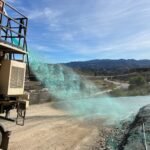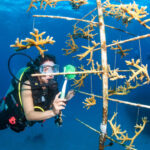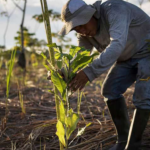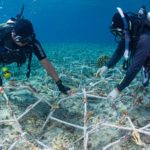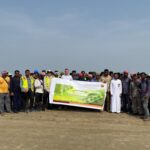Sand Dune Stabilization
Stabilizing sand dunes is essential for controlling sand movement and preventing desertification. This can be achieved through chemical, mechanical, or biological methods, with control measures ranging from temporary to permanent solutions.
Several factors influence dune formation, including wind regime, sand supply, vegetation presence, and topography. The movement of sand dunes depends on their type, size, wind velocity, sand grain properties, and internal moisture levels. These elements determine the most effective stabilization method and the placement of remedial measures.
Our Mitigation Methods Include:
Biological Methods:
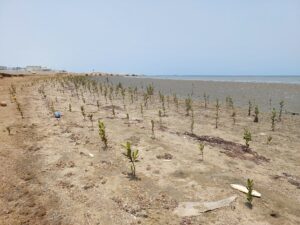
Mechanical Methods:
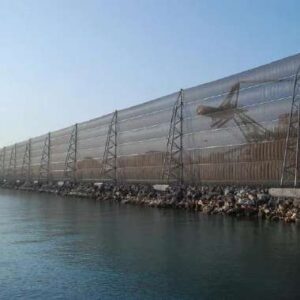
Chemical Methods:
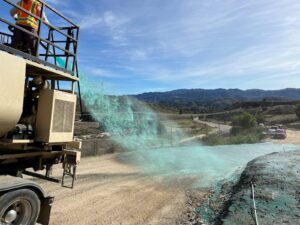
This is our Mission...
Our Projects..



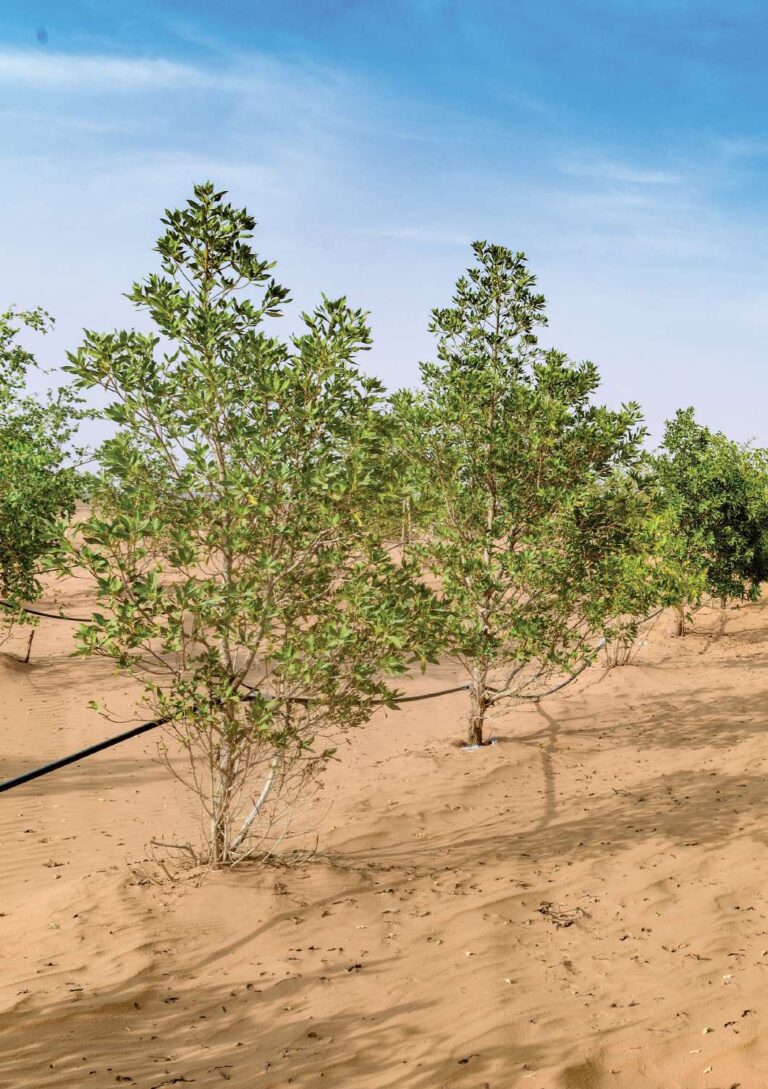
Sand dune stabilization is crucial for preventing desertification and controlling sand movement, especially in arid regions like Saudi Arabia. Factors such as wind patterns, sand properties, vegetation, and topography influence the effectiveness of stabilization efforts. Implementing proper control measures helps protect infrastructure, agricultural land, and natural ecosystems from the adverse effects of shifting dunes.
Green Vision is a leading environmental solutions provider in Saudi Arabia, offering innovative and sustainable approaches to sand dune stabilization. With expertise in desert rehabilitation, Green Vision collaborates with governmental agencies, environmental organizations, and private sectors to implement large-scale projects that restore degraded landscapes and promote long-term ecological balance. By combining advanced technology with eco-friendly methods, Green Vision ensures the most effective and lasting solutions tailored to the region’s unique environmental challenges.
From Assessment to Action – Restoring Nature, One Step at a Time!
MAKE AN IMPACT
Contact Us
Al Kadi Tower,Ist Floor, Room No.7, Building No.2191, Zuhair bin Qais Street, An Nada, Dammam – 34263
Got A Question?
Please complete the form below.
We’ll follow up with you in 6Hrs.




